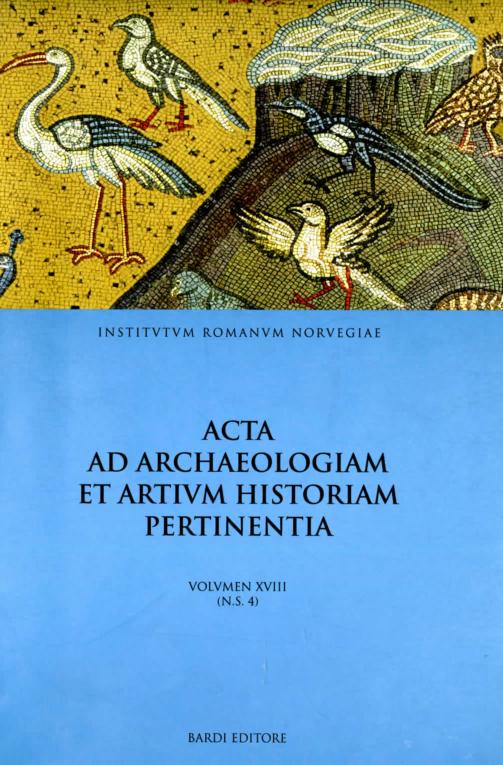Pagan Pinakes and Christian Icons. Continuity or Parallelism?
DOI:
https://doi.org/10.5617/acta.5710Abstract
This is an answer to the article by T.F. Mathews, “The Emperor and the Icon”, published in ActaAArtHist (N.S. 1) 15 (2001), 163-177. Mathews presents a number of pinakes painted on wood, with pagan motifs, which he defines as forerunners of the Christian icons. There are undoubtedly many points of resemblance between the two categories with regard to technique and style. The pagan “icons” were used in religious contexts, being especially well documented as votive gifts. Despite the resemblances, this article points out a fundamental difference between the pagan and Christian images. The Christian icon is always supposed to have a flesh and blood prototype, which is present in the picture, while the pagan gods were spiritual beings inaccessible to mankind. The shapes in which they are shown, are purely illusory. Therefore the pagan gods can be depicted in various media, from cult statues which were the object of worship, to mosaics which people could walk on. The Christian icon, on the other hand, is always an object of the same reverence which is due to the prototype. It is basically a portrait, while the pagan “icons” are the last offshoots of the traditional depictions of divinities.
How to Cite
Issue
Section
License

This work is licensed under a Creative Commons Attribution-NonCommercial 4.0 International License.
Authors who publish with this journal agree to the following terms:
- Authors retain copyright and grant the journal right of first publication with the work simultaneously licensed under a Creative Commons Attribution License that allows others to share the work with an acknowledgment of the work's authorship and initial publication in this journal.
- Authors are able to enter into separate, additional contractual arrangements for the non-exclusive distribution of the journal's published version of the work (e.g., post it to an institutional repository or publish it in a book), with an acknowledgement of its initial publication in this journal.
- Authors are permitted and encouraged to post their work online (e.g., in institutional repositories or on their website) prior to and during the submission process, as it can lead to productive exchanges, as well as earlier and greater citation of published work (See The Effect of Open Access).





